Table of content
Crispy pork trotters, known for their irresistible combination of crackling skin and tender meat, are a culinary masterpiece that transcends borders. Whether served as a centerpiece at a festive feast or a comforting weekend indulgence, this dish rewards patience and precision with a texture and flavor profile that lingers on the palate. Mastering the art of crispy pork trotters requires understanding the science behind rendering fat, achieving glass-like skin, and balancing savory seasonings. This comprehensive guide will walk you through every stage, from selecting the finest ingredients to presenting a dish that will elevate your home cooking to gourmet heights.
Understanding the Anatomy of Pork Trotters
Pork trotters, or pig feet, are composed of skin, tendons, ligaments, and small bones. While this might sound daunting, these elements are the secret to the dish’s richness. The collagen-rich connective tissues break down during slow cooking, transforming into gelatin that imparts a luxurious, unctuous texture. The skin, when properly prepared, becomes the star—puffed into a crisp, airy layer that shatters with each bite.

Selecting the Right Ingredients
Pork Trotters
Opt for fresh, high-quality trotters. Look for firm, pinkish-white skin without discoloration or dry patches. If possible, source front trotters, which are slightly smaller and more tender than hind ones. Ask your butcher to singe off any remaining hairs and split the trotters lengthwise—this exposes the bones and meat, reducing cooking time and ensuring even seasoning.
Brine or Marinade
A well-crafted brine or marinade is essential to infuse flavor and tenderize the meat. A classic Asian-inspired marinade might include soy sauce, rice wine, garlic, ginger, and five-spice powder. For a European twist, consider a herb-infused brine with bay leaves, thyme, and black peppercorns. The key is to balance salinity, acidity, and aromatics to penetrate the meat without overpowering it.
Crisping Agents
Achieving crackling skin hinges on two factors: dryness and heat. After brining, pat the trotters meticulously dry. Some chefs swear by air-drying the trotters uncovered in the refrigerator overnight to dehydrate the skin further. For the final crisp, a layer of baking powder or vinegar (apple cider or malt) can be applied before roasting to disrupt the skin’s structure, encouraging bubbling and crispness.
Step-by-Step Preparation
Cleaning and Prepping the Trotters
- Sanitization: Rinse the trotters under cold water, scrubbing gently with a brush to remove any residual impurities.
- Trimming: Use a sharp knife to remove excess fat or loose skin flaps. While fat contributes to flavor, excessive amounts can prevent the skin from crisping.
- Scoring: With a very sharp knife or scalpel, score the skin in a diamond pattern, cutting just deep enough to pierce the skin without slicing into the meat. This allows heat to penetrate and fat to render efficiently.
Brining or Marinating
- Brine Method: Dissolve 1/2 cup kosher salt, 1/4 cup sugar, 1 tablespoon black peppercorns, 4 crushed garlic cloves, and 2 bay leaves in 2 quarts of water. Submerge the trotters and refrigerate for 6–12 hours.
- Marinade Method: Whisk together 1/2 cup soy sauce, 1/4 cup Shaoxing wine, 2 tablespoons honey, 1 tablespoon five-spice powder, and 4 minced garlic cloves. Coat the trotters thoroughly and marinate for 4–6 hours, turning occasionally.
Initial Cooking: Simmering or Steaming
Slow cooking is critical to tenderize the meat and render fat before crisping.
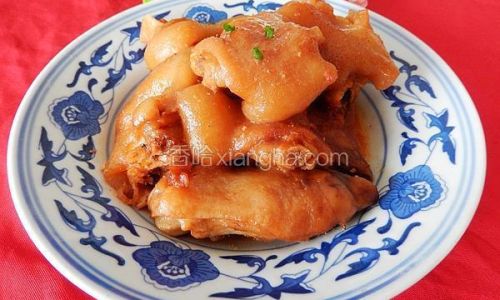
- Simmering: Place the trotters in a large pot, cover with cold water, and add aromatics like onions, carrots, celery, and peppercorns. Bring to a boil, then reduce to a gentle simmer for 2.5–3 hours until the meat is tender but not falling off the bone.
- Steaming: For a lighter option, steam the trotters over boiling water for 1.5–2 hours. This method preserves more of the natural flavor but requires careful monitoring to prevent drying.
Drying and Crisping
- Air-Drying: After cooking, pat the trotters dry with paper towels. Place them on a wire rack over a baking sheet and refrigerate uncovered for 8–12 hours. The dry air in the fridge will dehydrate the skin, a process akin to aging prosciutto.
- Baking Powder Application: Just before roasting, rub the skin with a mixture of 1 tablespoon baking powder and 1 teaspoon salt. This alkaline solution breaks down proteins, creating a bubbly texture.
- Roasting: Preheat the oven to 475°F (245°C). Roast the trotters on a wire rack set over a baking sheet (to catch drippings) for 45–60 minutes. Check periodically to prevent burning; if the skin browns too quickly, reduce the heat to 400°F (200°C).
Finishing Touches
- Resting: Allow the trotters to rest for 10 minutes after roasting. This redistributes juices and ensures the skin remains crisp.
- Glazing (Optional): For a glossy finish, brush the skin with a mixture of honey, soy sauce, and rice vinegar during the last 10 minutes of roasting.
- Serving: Present whole trotters on a platter, or chop them into portions. Garnish with fresh herbs, sliced chilies, or a sprinkle of toasted sesame seeds.
Troubleshooting Common Issues
Soggy Skin
- Cause: Insufficient drying before roasting or low oven temperature.
- Solution: Ensure thorough air-drying and use a convection oven if available to circulate hot air.
Tough Meat
- Cause: Inadequate simmering time or high roasting heat too early.
- Solution: Extend the simmering phase and maintain a consistent high temperature only during the final crisping stage.
Bitter Aftertaste
- Cause: Overcooked garlic or burnt marinade residues.
- Solution: Roast the trotters on a raised rack to prevent sizzling fat from scorching. Strain marinades before using to remove burnt bits.
Pairing Suggestions
Crispy pork trotters shine when paired with contrasting textures and flavors:
- Pickled Vegetables: A tangy cucumber or daikon salad cuts through the richness.
- Fresh Herbs: Mint, cilantro, and basil add brightness.
- Dipping Sauces: A chili-garlic sauce, hoisin, or mustard-based dip complements the meat.
- Starchy Sides: Steamed rice, sticky rice, or roasted potatoes balance the dish’s intensity.
Cultural Variations
- Chinese Crispy Pork Knuckles (Zhū Jǐo): Often served with a sweet-and-sour sauce or alongside noodles.
- German Eisbein: Typically boiled then roasted, paired with sauerkraut and mustard.
- Vietnamese Bánh Mì: Shredded crispy pork trotter meat is a beloved filling in these sandwiches.
Health Considerations
While pork trotters are high in collagen (beneficial for joint health and skin elasticity), they are also calorie-dense. Moderation is key, and removing excess fat before eating can mitigate some concerns.
Advanced Techniques for Enthusiasts
Sous-Vide Precision
For the ultimate in tenderness, sous-vide the trotters at 165°F (74°C) for 24 hours before crisping. This method guarantees evenly cooked meat with minimal effort.
Smoking
Add a layer of complexity by smoking the trotters over fruitwood (apple or cherry) for 2–3 hours after the initial simmer. The smoke imparts a delicate, aromatic flavor that pairs beautifully with the crispy skin.

Deep-Frying
For a restaurant-quality finish, deep-fry the pre-cooked trotters at 375°F (190°C) for 5–7 minutes until the skin puffs. Exercise caution to prevent oil splatters.
Conclusion
Crispy pork trotters are a testament to the alchemy of cooking—transforming humble ingredients into a dish that delights the senses. By mastering the interplay of texture, flavor, and presentation, you can create a meal that is both humble and grand. Whether you’re hosting a dinner party or treating yourself, this dish invites celebration and culinary pride. With patience and practice, you’ll soon find that achieving crackling perfection is less about secrecy and more about understanding the dance between fire, time, and technique. Bon appétit!
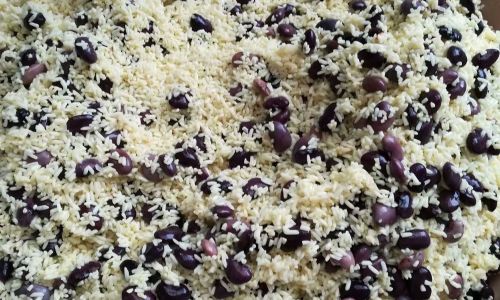
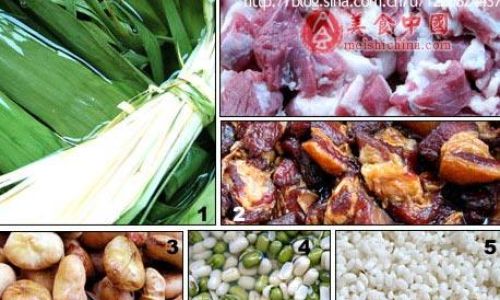

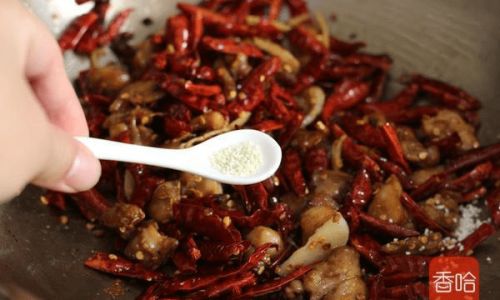
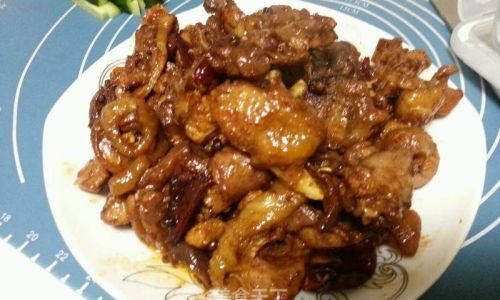
0 comments